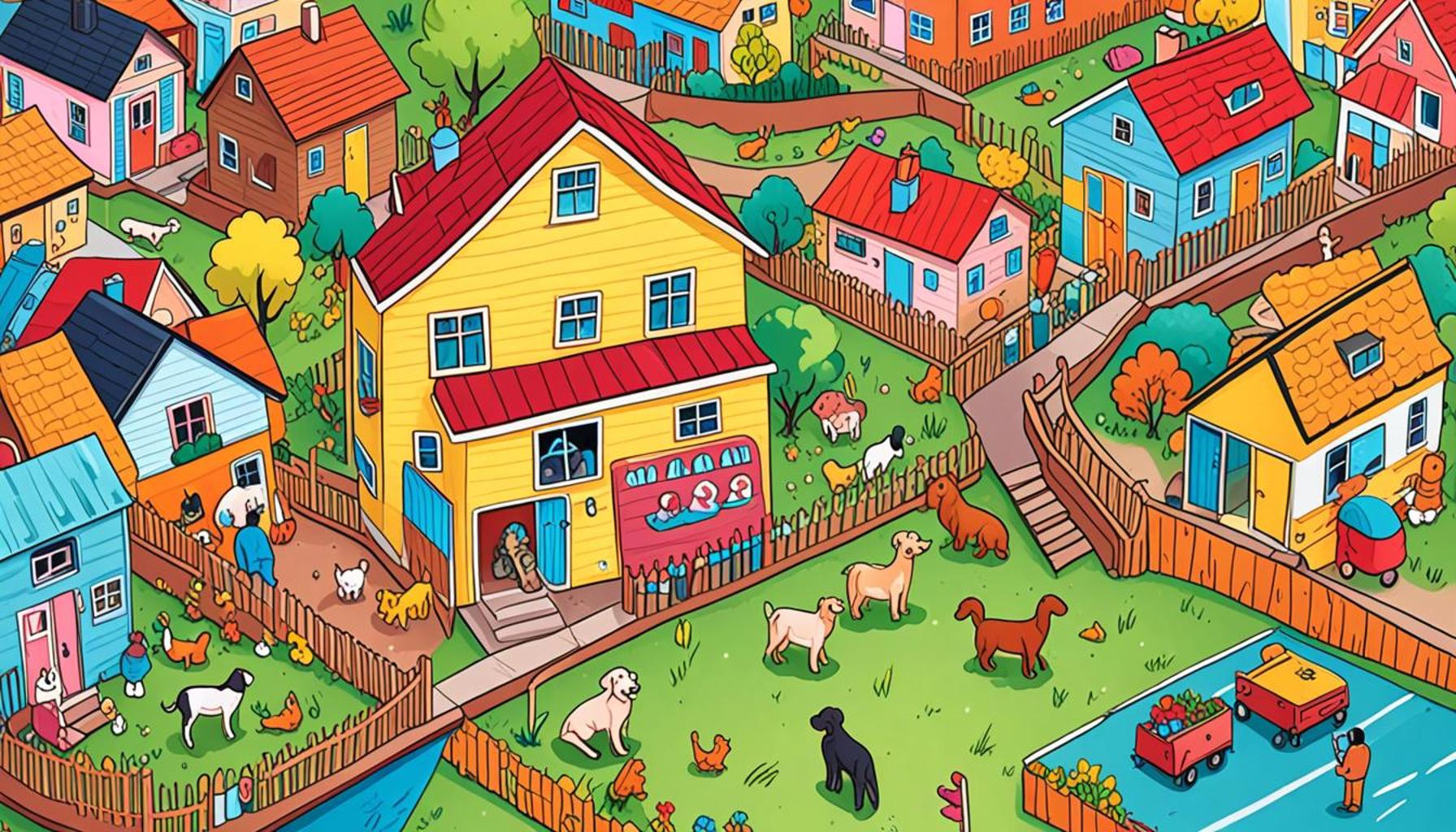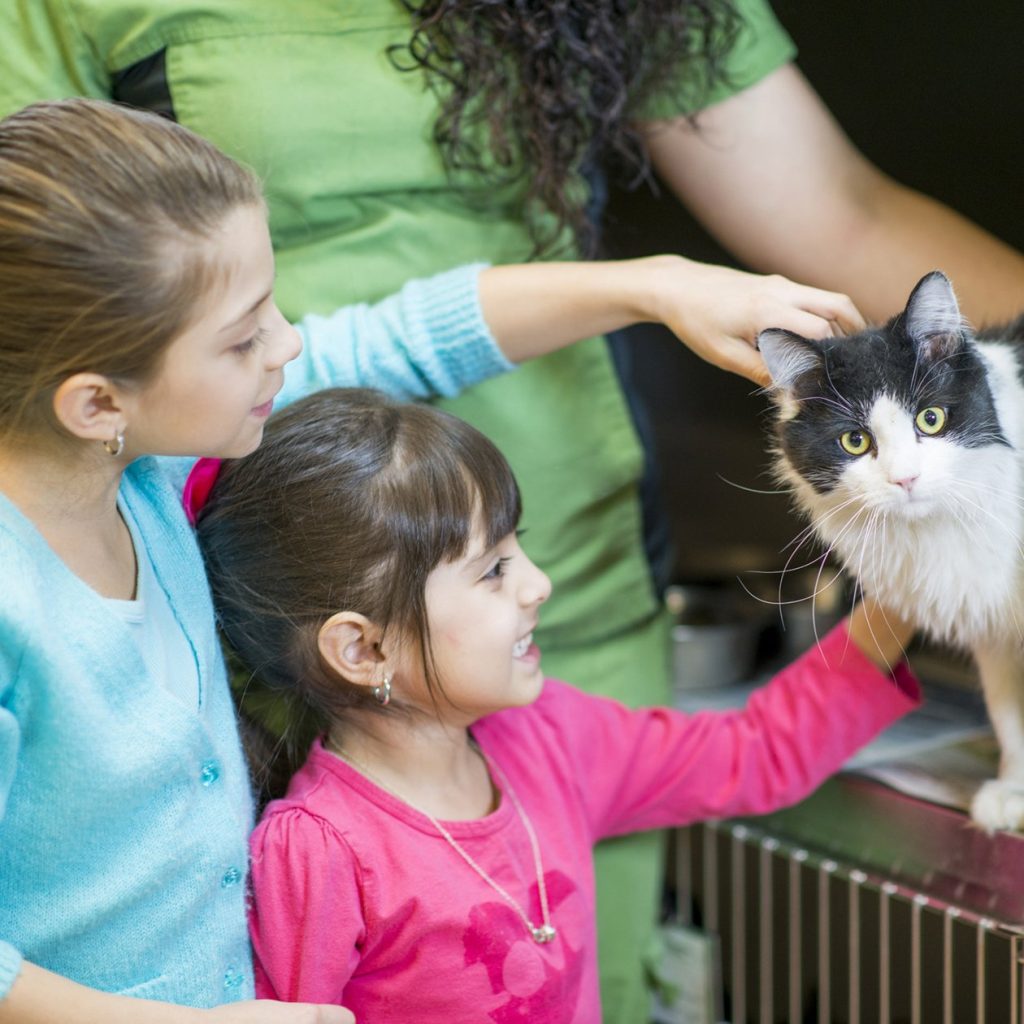Community Resources for Animal Adoption: Involving Society in the Search for Homes

Understanding the Role of Community in Animal Adoption
Animal adoption thrives on a collaborative effort that extends beyond the doors of local shelters. In the United States, countless organizations and community initiatives are dedicated to connecting animals in need with loving homes. The significance of community involvement cannot be overstated, as it plays a crucial role in enhancing the reach and effectiveness of adoption efforts.
To begin with, local shelters and rescues act as the backbone of the adoption ecosystem. These organizations not only house animals waiting for their forever homes but also provide various support services to prospective pet owners. For example, many shelters offer adoption counseling, helping families choose the right pet based on their lifestyle and preferences. Additionally, they frequently organize adoption fairs, making the process more accessible and inviting for families.
Veterinary clinics are another vital component of the animal adoption landscape. These clinics often feature partnerships with shelters, providing crucial medical care and vaccinations for adopted pets. In many cases, they host adoption events where families can meet adoptable animals in a stress-free environment. This collaboration fosters a sense of community responsibility, as more families feel empowered to adopt when they know that their pets will receive necessary medical attention.
- Community Events: Events such as local festivals, fairs, and pet expos serve as fantastic platforms for promoting animal adoption. These lively gatherings often feature adoption drives where shelters set up booths to showcase their animals, allowing potential adopters to interact with pets and learn about different breeds and personalities. For instance, events like the National Dog Day celebrations or “Pawtoberfest” can attract large numbers of attendees, raising awareness and encouraging adoption in fun and festive surroundings.
Furthermore, community spaces such as schools, libraries, and community centers play an invaluable role in advancing awareness about the significance of adoption. Schools often partner with local shelters for educational programs that teach children about responsible pet ownership and the importance of adopting rather than buying pets. Libraries may host workshops or talks featuring veterinarians or shelter staff who discuss the benefits of adopting a pet, thereby spreading knowledge throughout the community.
By pooling resources and fostering a sense of shared responsibility, communities create an environment where animals are not only valued but embraced as members of the family. As we dive deeper into the resources available in our communities, we can uncover heartwarming stories that highlight the transformative power of collective action. An animal adoption journey can evolve into a truly fulfilling experience when supported by a caring community.

DIVE DEEPER: Click here to discover more
Mobilizing Community Resources to Enhance Animal Adoption
The journey toward finding a forever home for animals in need greatly benefits from leveraging community resources. Beyond the shelter walls, individuals and organizations can create synergies that propel the adoption cause forward. One of the most vital aspects of this effort is the role of volunteers, whose dedication adds significant value to animal welfare initiatives. Volunteers can engage with both the animals in the shelter—walking dogs, socializing cats, or providing cuddles—and potential adopters, showcasing the personality and charm of each pet. Their stories cultivate emotional connections that inspire individuals to open their hearts and homes.
Moreover, local businesses frequently play an instrumental role in promoting animal adoption. Pet supply stores, for example, may host adoption events, giving shelters an opportunity to spotlight available pets. By allowing animals to interact with the public in a retail setting, community chains cultivate an atmosphere of collaboration, reinforcing the message that animal adoption is a communal responsibility. Local restaurants may also partner with shelters for charity nights, donating a portion of proceeds to support adoption initiatives and animal care.
- Social Media Campaigns: In today’s digital age, social media serves as a powerful tool for animal shelters to connect with potential adopters. Many organizations create engaging posts featuring adoptable pets, showcasing their unique personalities through captivating photos and stories. Hashtags like #AdoptDontShop and #RescuePets are widely used to spread awareness and encourage community members to consider adoption. These campaigns often go viral, reaching a wider audience and highlighting the enormous need for animal adoption.
- Partnerships with Local Artists: Artistic initiatives, such as community mural projects or photography exhibits featuring shelter animals, can spark interest in adoption. Local artists can collaborate with shelters to create pieces that highlight the importance of adopting and caring for pets. These events not only contribute to the community’s cultural vibrancy but also raise awareness about the furry companions in need of homes.
Furthermore, engaging local leaders and influencers in animal welfare campaigns can amplify outreach efforts. When trusted voices within the community advocate for adoption initiatives, their support lends legitimacy to the cause, encouraging others to participate. These advocates may include elected officials, educators, or even celebrities who share a passion for animal welfare. Their endorsement acts as a catalyst, motivating more individuals to consider adopting pets and initiating discussions on broader issues such as responsible pet ownership and spaying/neutering practices.
As communities unite in their dedication to animal adoption, the impact becomes profoundly evident. The collaborative efforts not only create healthier environments for the animals but also foster connections among residents, ultimately leading to enduring relationships. By harnessing the resources available within society, communities can champion the cause of animal adoption, creating a warm and welcoming atmosphere for all furry friends seeking a loving home.
| Advantage Category | Details |
|---|---|
| Increased Visibility | Community events help showcase available pets, allowing potential adopters to meet animals in a friendly setting. |
| Enhanced Networking | By involving local businesses and organizations, adoption resources gain valuable partnerships that can facilitate pet care education and outreach. |
| Support from Volunteers | Recruiting community members as volunteers fosters local support for shelters, increasing donation rates and interest in animal welfare. |
| Educational Resources | Programs that promote responsible pet ownership can help to inform the community about adoption benefits and pet care, leading to healthier outcomes for animals. |
The “Community Resources for Animal Adoption” initiative encourages local engagement and mobilizes society to play a crucial role in finding homes for pets in need. Through increased visibility at community events, enhanced networking with local businesses, support from dedicated volunteers, and educational initiatives, the search for new homes for animals can become a collective mission. Adopting pets is not merely about providing a home; it is also about embracing the benefits of shared responsibility and community support in protecting animal welfare. Whether it is through promoting adoption events or providing necessary care information, every effort in involving society helps strengthen the bond between people and pets, leading to a thriving community that values animal companionship.
DIVE DEEPER: Click here to uncover more about pet nutrition
Fostering Collaboration through Educational Initiatives
To further the cause of animal adoption, educational initiatives represent a cornerstone of effective community engagement. By equipping residents with information about the benefits of adopting pets, shelters can help change perceptions and dispel myths surrounding rescued animals. Programs that educate the public about responsible pet ownership, the advantages of spaying and neutering, and the societal impact of animal overpopulation become crucial in fostering a compassionate attitude towards adoption.
Workshops and seminars, often hosted in collaboration with local schools, can engage students and families alike, creating a foundation of knowledge that promotes a loving environment for future pet owners. For instance, educational programs at schools that involve students in service-learning projects with local shelters not only foster a sense of responsibility and community but also plant early seeds of compassion for animals. By integrating animal welfare education into school curricula, communities can inspire the next generation to become advocates for adoption and animal care.
Additionally, community events that bring people together for fun activities—such as dog walks, pet fairs, or even virtual meet-and-greets—can significantly boost the visibility of adoptable animals. Events like “Paw-tastic Days” challenge families to participate in friendly competitions while learning about adoption. Engaging the community in a playful manner not only strengthens social bonds but also encourages attendees to consider bringing a pet into their lives.
- Civic Engagement and Advocacy: Aligning animal welfare efforts with community service projects can enhance visibility and support from local governments. When animal shelters partner with local policymakers to create awareness drives, they tap into civic engagement that can result in funding for animal welfare issues. For example, hosting community forums where citizens can discuss local ordinances related to pets could lead to more informed regulations and greater accountability in animal care.
- Equipping Local Libraries: Public libraries often serve as a hub for community education, and partnerships between libraries and animal shelters can be instrumental in raising awareness. Libraries can host informational sessions about pet adoption, provide resources on pet care, or showcase adoptable animals in their facilities. These partnerships allow for the dissemination of critical information while utilizing an existing trusted platform within the community.
Furthermore, the role of technology in improving animal adoption rates cannot be overstated. The implementation of dedicated online platforms that not only list adoptable pets but also provide virtual home-check features can drastically streamline the adoption process. Programs that incorporate video profiles of animals, featuring their behavior and temperament by shelter staff or volunteers, give potential adopters an engaging preview of their future companions. As a result, online resources can help community members make informed decisions, making them more likely to commit to adoption.
In recent years, various communities across the country have witnessed remarkable results from innovative adoption campaigns. Cities that foster collaborations with non-profits focusing on animal care or launch well-planned outreach programs have reported substantial increases in pet adoptions. For instance, the “Clear The Shelters” national pet adoption initiative has successfully encouraged adopters to visit local shelters, resulting in thousands of successful matches between pets and families. Such examples highlight the impact that strategic community resources can have on the animal adoption landscape, transforming the lives of both animals and residents alike.
DISCOVER MORE: Click here to learn about the future of animal care
Conclusion: Uniting Community for a Common Cause
As we have explored, the success of animal adoption hinges significantly on community involvement and resourcefulness. Educational initiatives, collaborative efforts with local organizations, and creative public engagements all play pivotal roles in changing hearts and minds about rescued animals. The powerful combination of knowledge and empathy can dismantle the stereotypes surrounding shelter pets, making adoption a desirable choice for many families.
Moreover, by harnessing the power of technology through online platforms, we can simplify access to information on adoptable pets and facilitate the adoption process, leading to more informed decisions. Furthermore, community-driven events such as pet fairs not only serve to increase the visibility of animals in need but also create a sense of community spirit that fosters lasting connections—among animals and between people.
To make strides forward, it is essential for local governments, schools, libraries, and citizens alike to engage in this mission of promoting responsible pet ownership and solidarity with animal welfare organizations. By doing so, communities can cultivate a culture of compassion that benefits both animals and humans while tackling the pressing challenges of animal overpopulation and homelessness.
Ultimately, making a difference in the world of animal adoption requires a collective effort. As we rally together, we will not only find loving homes for countless animals but also enrich our own lives through the joy and unconditional love that pets bring. United, we can transform our communities into thriving havens for animal adoption.


